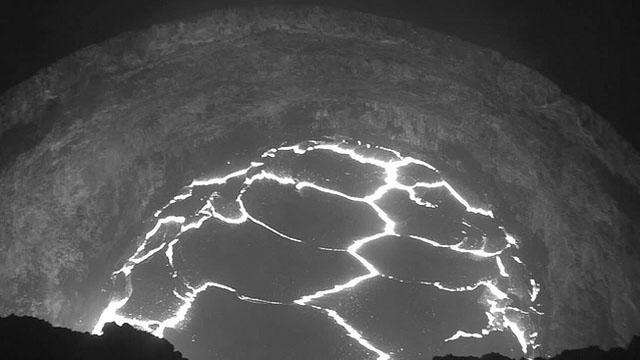Monday Musings
Inside you’ll find a Q&A on Martian volcanoes, some new details on the Ethopian eruption, the innards of Halema`uma`u and Nyiragongo from space.
Sign up for Big Think on Substack
The most surprising and impactful new stories delivered to your inbox every week, for free.
Starting today and going until early August, you might see fewer posts on Eruptions than you’re accustomed. This is because I’m in the process of moving to Ohio to get set up to start my new job as an assistant professor at Denison University. I’m excited about the move, but as you can imagine, trying to pull up stakes in California and trek two-thirds of the way across the continent will take up a lot of my time. I will miss the easy access to volcanoes here on the Left Coast, but I am excited to get (mostly) permanent employment, set up my own lab and to be able to teach geology again!

Halema`uma`u Crater on Kilauea. Image taken on April 2, 2008, courtesy of the NASA EO.
So, with that, here are some news updates:
Sign up for Big Think on Substack
The most surprising and impactful new stories delivered to your inbox every week, for free.
